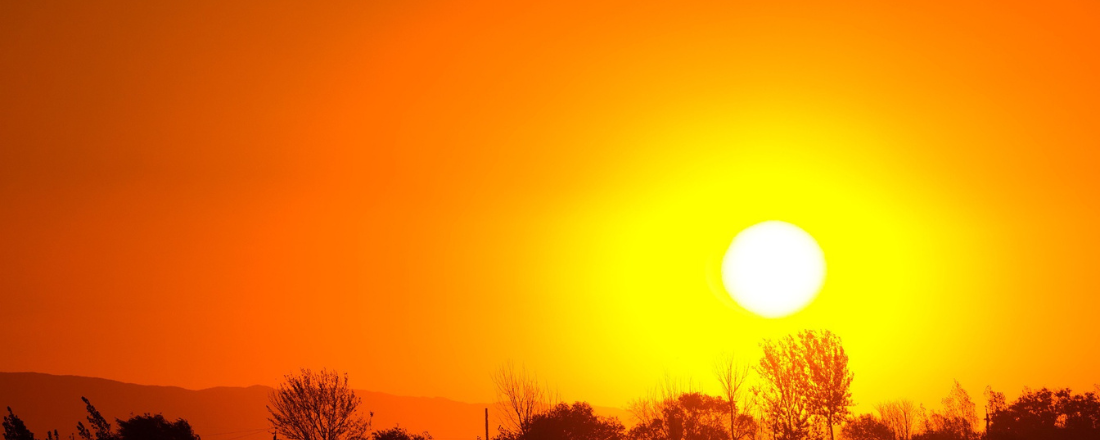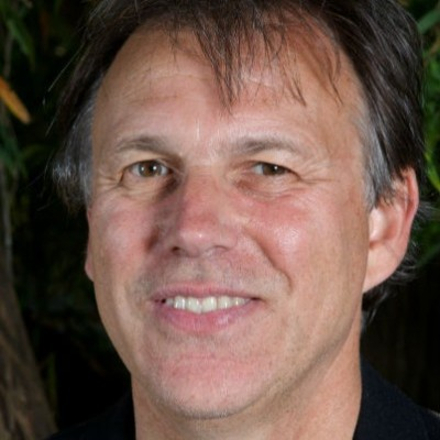
In the News
LA Times: California’s Heat Waves and Capturing Data on the Impact
-
Focus Areas
Environmental Health -
Issues
Climate Change, Wildfires & Extreme Heat -
Programs
Achieving Resilient Communities (ARC), Tracking California

“It was the worst California heat wave ever recorded in September — an epic grilling that disabled one of Twitter’s main data centers, pushed the power grid to its limit and triggered a succession of weather and safety alerts.
For 10 grueling days, meteorologists tracked record-setting temperatures as they boiled across the state — 116 degrees in Sacramento, 114 in Napa, 109 in Long Beach. But for all the data on soaring temperatures, there was little information on the heat wave’s human toll, or how many people had been sickened or even killed.
The state’s ongoing struggle to account for heat wave illnesses and deaths — despite promises to improve monitoring — has frustrated some public health experts who say the lack of timely information puts lives in jeopardy.
Last year, a Times investigation found that California has chronically underestimated heat fatalities even as heat waves become more frequent and more deadly. Although the Legislature recently agreed to the creation of what is known as a syndromic surveillance system, which will collect real-time data from emergency departments, it remains unclear when such a network will become operational statewide.
Currently, the California Department of Public Health said it tracks heat-related illnesses and deaths “using data sets that are available at approximately a 6- to 18-month lag time,” due in part to how long it takes to certify deaths as being heat-related. As a result, it was unable to provide any numbers for illnesses or deaths due to the recent heat wave.
The department also said it was “still assessing the landscape for the implementation of statewide syndromic surveillance” and did not yet have a time frame for when that system would be online. Los Angeles-area officials were able to provide only slightly more information than the state.
In response to a public records request, the L.A. County Department of Health Services, which operates county hospitals and the Emergency Medical Services agency, said fire departments responded to 146 calls classified as “heat” — defined by the agency as environmental hyperthermia — during the 10-day period of Aug. 31 to Sept. 9. There were only 10 such calls in the prior 10-day period.
The county’s Department of Public Health also reported a sevenfold increase in the percentage of emergency department encounters classified as heat-related illnesses during Labor Day weekend, Sept. 3-5, compared with the entire month of August. It said the estimate should be viewed with caution, however, because it was based on a small number of heat-related illness reports — only 81 out of more than 9,100 emergency department encounters on the peak temperature day of Sept. 4.
While it is possible that there was minimal death and illness caused by the heat wave, it’s unlikely, Eisenman said. His own team’s analysis predicts that there are at least eight extra deaths per day in Los Angeles County during extreme heat events, with that number increasing to 10 or more as heat waves wear on.
“This was a long one and it was pretty severe, and we haven’t done enough in Los Angeles or California to have prevented deaths, to have mitigated the harms,” he said. “We have no reason to think that we’re avoiding death with something that is known to cause the most amount of harm of all weather events.”
Unlike other natural disasters such as hurricanes, extreme heat “comes and goes invisibly,” Eisenman said. That can make it difficult to adequately communicate its dangers. But extreme heat events are also increasing in severity and length in California, and it is critical for people to understand the threat.
Among those most vulnerable to extreme heat are children, the elderly, homeless people and pregnant women. Farmworkers, construction workers and factory workers are also at risk, as are people with underlying health conditions such as kidney disease and diabetes, which can make their bodies less able to handle dehydration and heat, Eisenman said.
Jonathan Parfrey, executive director of the group Climate Resolve, said that he could understand why the county would not want to release imperfect data, but that not doing so was a mistake.
“They’re missing the forest for the trees,” he said. “There is the big-picture reality — there are many more hospitalizations and emergency room visits and incidents of deaths during heat events, and the public doesn’t know this. And so if it’s off by 5% or 10%, that’s not the point. The point is that there is a significant impact on public health during extreme heat events.
Paul English, director of Tracking California for the Public Health Institute, agreed. He said officials must conduct such an analysis for the last heat wave.
The state Department of Public Health said one of its top priorities was “to get the word out for people to be aware of the health risks of extreme heat,” including negative health outcomes and the threat of potentially concurrent wildfires. In particular, the agency said it focused on providing guidance to local health jurisdictions, schools, first responders and others working to protect the most vulnerable, and worked with other state agencies to disseminate information.
However, English noted that his own team has encountered far more than two languages while working on air pollution issues affecting farmworkers.”

They need to be able to get this messaging in a culturally appropriate way...those type of alert systems don’t really exist for those specialized populations.Dr. Paul English
Tracking California
Read the full article below.
Originally published by Los Angeles Times
More Updates
Work With Us
You change the world. We do the rest. Explore fiscal sponsorship at PHI.
Support Us
Together, we can accelerate our response to public health’s most critical issues.
Find Employment
Begin your career at the Public Health Institute.



